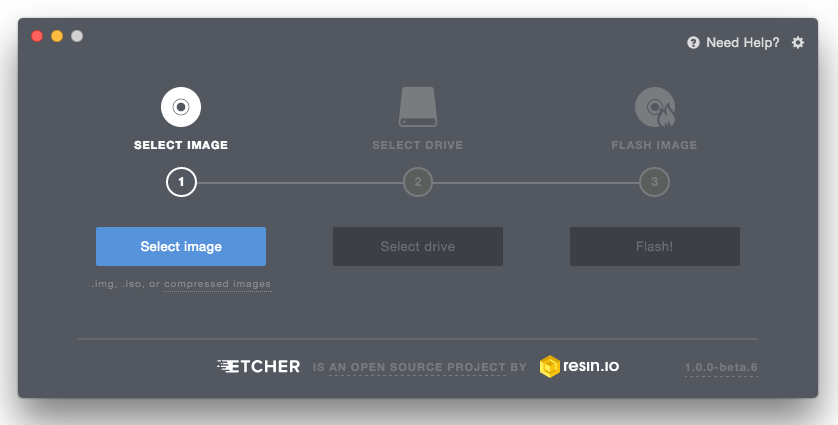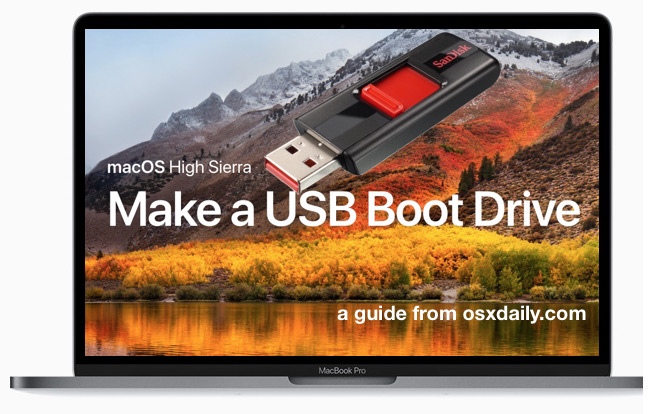
:no_upscale()/cdn.vox-cdn.com/uploads/chorus_asset/file/3914686/Screen_Shot_2015-07-28_at_1.35.31_PM.0.png)
This is because, during macOS installation, the installer erases the startup partition completely or the entire storage drive, depending upon your choice during installation. If you do not have a backup, then you end up losing all your data stored in the Mac drive. Backup helps to restore all the data back to Mac’s internal storage drive, containing the new macOS.
#Make a boot drive mac. upgrade#
While performing macOS upgrade or fresh installation, you must back up data to an external storage medium.
#Make a boot drive mac. install#
Backup the entire drive before performing a clean install on your Mac machine.Note: Erase the flash drive to HFS+ (Mac OS Extended (Journaled)) but not APFS. The Terminal creates the installer drive on the opted USB flash drive. Type the administrator password when prompted.Warning: The command erases the flash drive so check there are no stored files backup the files, if they exist, before executing the sudo command. Open Terminal and enter the next command: sudo (drag and drop the installer from application folder to locate its path) –volume (drag and drop the USB flash drive from the Mac volumes to specify its path) –nointeraction –downloadassets.

Connect the USB flash drive with at least 8 Gigabytes storage space to your Mac.Locate the installer from the Applications folder (copy it to the desktop if you desire).When the download completes, quit the installer, as it will launch itself automatically.

Download macOS Mojave 10.14 from App Store.Data Recovery on macOS: Why We Need It Here.


 0 kommentar(er)
0 kommentar(er)
